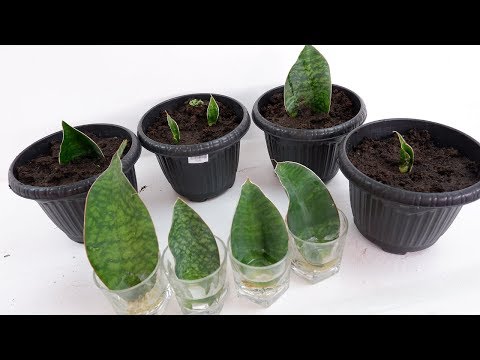This majestic, luscious beauty is an endangered type of snakeplant. Though not always the easiest plant to find, the Sansevieria masoniana is hard to come by.
It is worth the time and effort to properly take care of a plant with such massive leaves.
It is commonly known in the scientific community as Dracaena masoniana, but it is called Sansevieria masoniana by gardeners as an ornamental plant. The Other names include:
- Whale fin snake plant
- Shark fin snake plant
- Mason Congo Sansevieria
The whale fin belongs to the Asparagaceae family. The species Sansevieria masoniana will only grow in the Democratic Republic of the Congo. Accordingly, it’s called Mason’s Congo Sansevieria after its native home.
This plant, whatever name you call it, is a striking perennial herbaceous.
Sansevieria Masoniana Whale Fin Care Tips
Growth & Size
Typically, Masoniana Sansevieria grows to a height of 2′ to 3′ and can spread between 1′ to 2′ feet. If you have this plant in a small container, it may be hard for it to grow as large as it normally would.
The Sansevieria masoniana thrives with an adequate amount of light and enough filtered or low light. The whale fin however can take in filtered or low light but not always flourish in it.
Flowering and Fragrance
A masoniana has a tendency to bloom indoors rarely. When the whale fin snake plant blooms, it has colorful greenish-white flower spikes that shoot upward as cylindrical spikes.
When it is in bloom, the plant emits a citrusy, sweet aroma, and it tends to flower at night.
It does not grow plantlets from new leaves after Sansevieria masoniana flowers. Instead, it continues to grow plantlets from rhizomes.
Light & Temperature
Despite its intense green appearance, Sansevieria masoniana will be able to handle partial sun in some places, such as shade and filtered light. It can withstand full sun even in a lot of places like an indoor plant.
Sansevieria masoniana grows best outside in partial sun. Low light will slow its growth, so a temperature range of 65° or 70°F is ideal.
Temperatures below 55° Fahrenheit cause the plant to slow.
If you live in a colder region, you can grow the whale fin sansevieria outside in pots between September and May, then bring them back inside for the cold seasons.
Watering and Feeding
There’s no need to overwater the Sansevieria masoniana. A slight drought condition is fine for this plant, but wet soil leads to root rot.
If you have hard water in your area, rainwater is a viable alternative. Avoid watering with cold or cold-hard water.
During the dormant season, water the Sansevieria masoniana minimally. However, it is important not to let the soil dry out in the summer. Warm temperatures and heat will cause the soil to lose moisture faster than what it can hold.
Soil Mix & Transplanting
Every two to three years, you will need to repot your Masoniana potted plant. Over time, its soil will get depleted of nutrients and the replant will replenish the nutrients.
Sansevieria masoniana grows best in pots carefully placed in well-drained potting mixes. Make sure you use containers with drainage holes to wick away excess water.
Grooming And Maintenance
The snake plant requires little maintenance, it only needs to be watered once a week, and dust should not accumulate.
A moist cloth can be used to wipe the giant leaves once per month, keeping plants looking fresh.
Propagating Masoniana Sansevieria
You may have to divide your whale fin snake plant if it grows well.
Cut out a portion of the root and leaves, then replant them in different soils to create multiple plants.
Alternatively, if there’s enough foliage left on a plant, cut the leaf at the bottom and stick it in a cup of water.
Water the plant every few days. Roots should start to form from beneath the leaf’s bottom after a few months. Do not over water.
If you wish to propagate whale fin snake plants this way, be sure to use water with a neutral PH.
Sansevieria Masoniana Pests or Diseases
Sansevieria masoniana is vulnerable to root rot, which is caused by overwatering. Rotting roots can damage the plants.
One of the most common snake plant problems is root rot, especially when potted.
The presence of mealybugs and spider mites could also stress the Sansevieria masoniana. Spitting mold and fungi are some problems that Sansevieria masoniana may encounter when kept in excess moisture or sunlight.
Many insects are removed, and some can be prevented, after leaves are wiped with neem oil mixed with water.
Conclusion
Snake plants, often called Sansevieria, can be found in hot, humid climates as well as your own home or garden as potted plants.
A few simple care tips will ensure your Sansevieria masoniana thrives and provides years of enjoyment. These large-leaf plants thrive well near bright light windows.
______________________________________________________________________________________________________________________________
There are still many recent and interesting articles about Jade Plants..
..as well as other unique information from All Things Gardener..
For further information and other inquiries..
..you can contact us here


